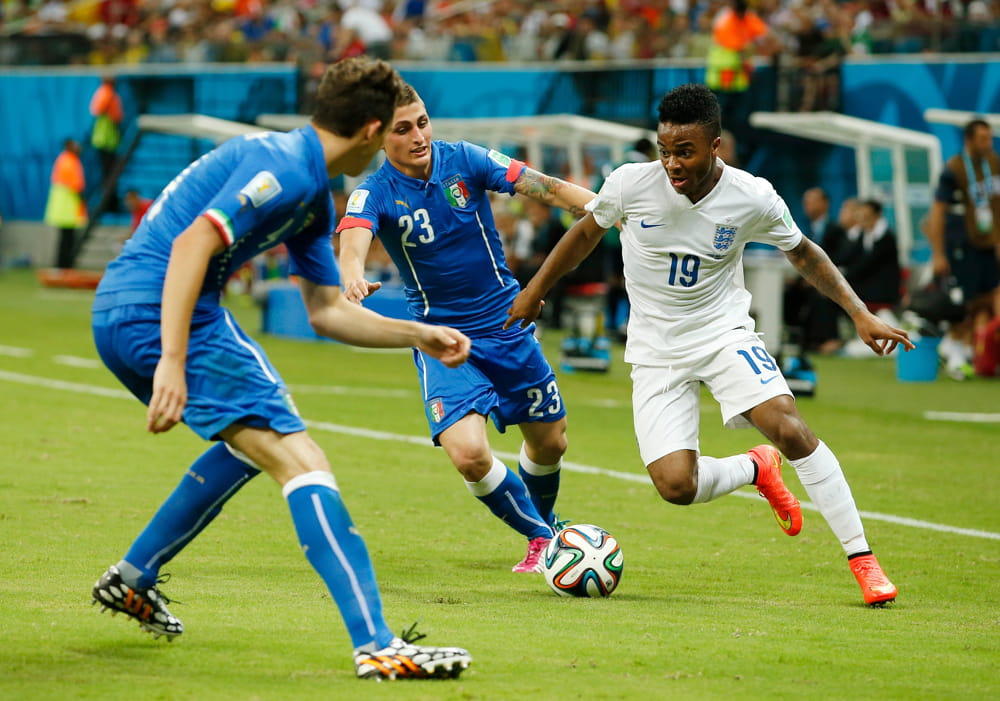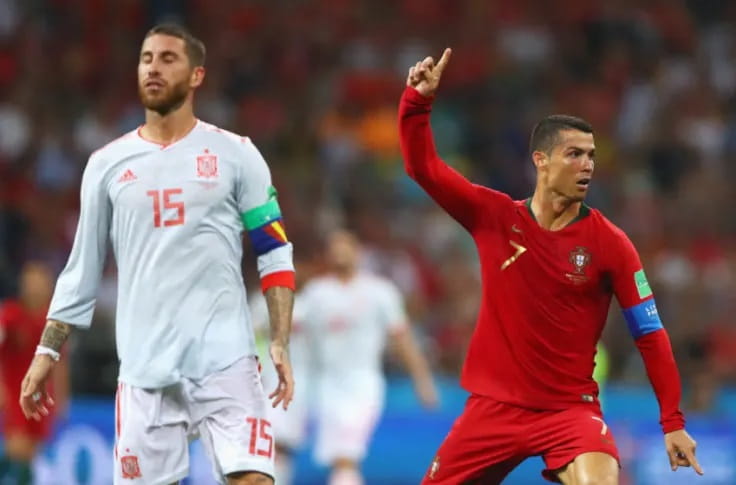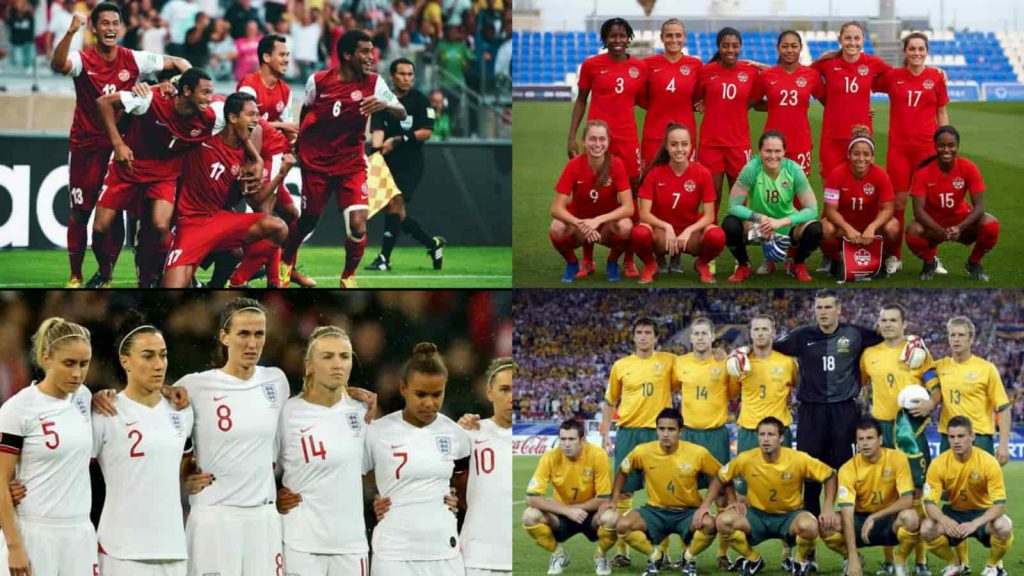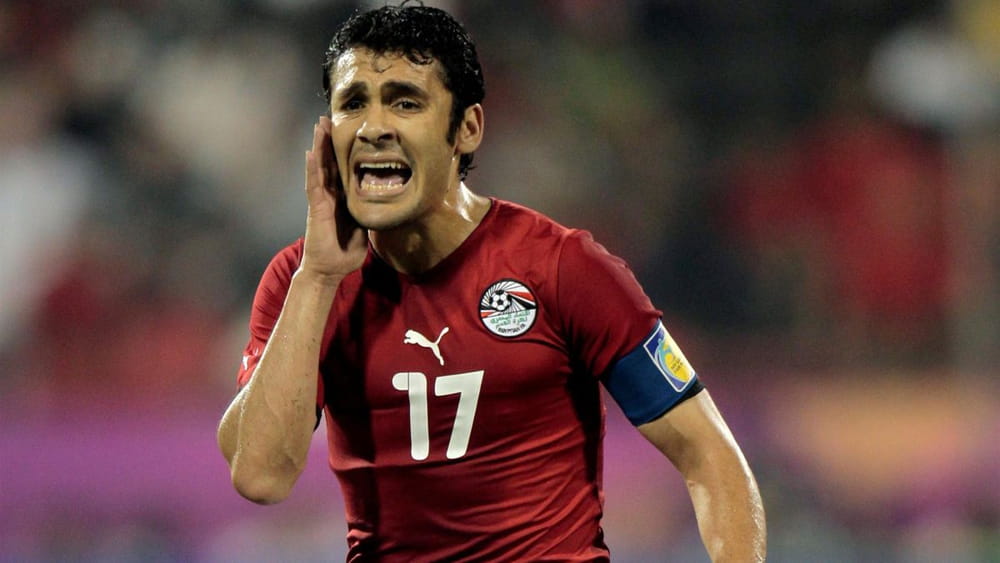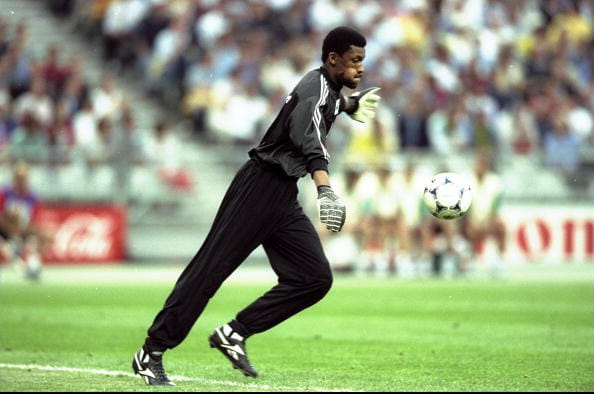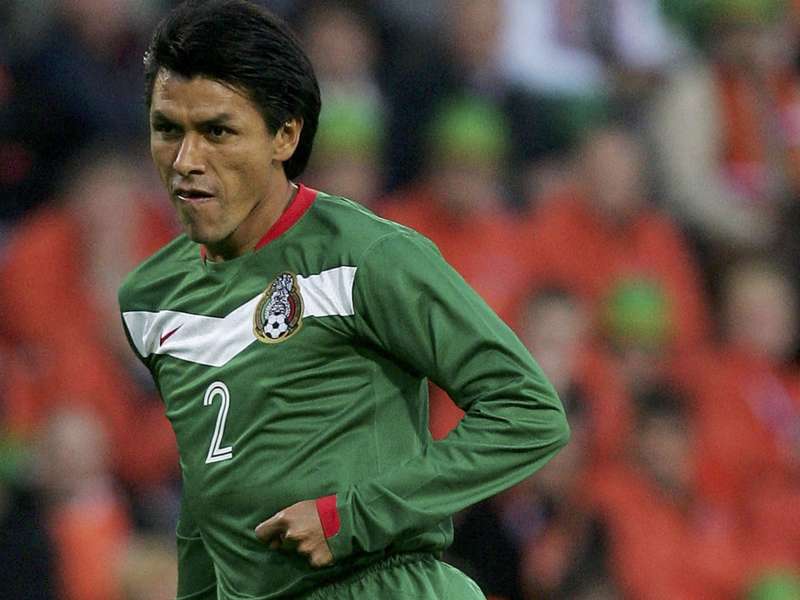The world of soccer is very tricky and many things might not be fully understood by you even if you take pride in being an avid soccer game. One such confusions from the soccer grounds is the phenomenon of cap players of soccer have.
We understand that for many soccer fans, the idea of cap is no more than that of a circular headcover, that many soccer players do not even wear today. However, there is a lot more to it than that. So, today, we will see what a cap in soccer is and what’s the big deal about it!
Soccer International Caps – A Measure of Players’ International Game Record
A cap in soccer is a measure of how many international games a player has participated in. The game of soccer is divided into international matches and friendlies. When players represent their national teams in an international match, it counts as one cap for them.
The concept of caps was started so that the records of all the international games played by the player are kept intact. The number of caps made by a specific player is displayed on his jersey. Whenever the player gets a chance to play for his team in an international match, he wears his cap number on his jersey.
Soccer Caps – The Award For Achievements Made in National Team
Any soccer player who has played at least one game for his national team is eligible to be awarded with a cap. A coach awards the caps after assessing how well a particular player has performed in the game. It is an official recognition for a player’s efforts and it also helps to keep record of them as well.
- A player wins one cap each time he plays for his national team, that too only if he gets into the field at any point of time i.e. even if he remains on the bench, he gets a cap.
- Anyone who has played for his national team but did not get into the game does not earn any cap for it. If someone is injured during the course of an international match, he does not get any cap either.
- The coach of a national side can also decide to award caps for a player’s strong performance in practice games or preparation matches.
Soccer International Caps – The Big Deal About It
An international cap is an important recognition and honor that every soccer player craves and desires of having. Some of the greatest names of world soccer have more than 100 caps under their name while some others just have a few.
Some players have even retired from their national team but are still the leading cap holders of their country’s history. For many soccer fans, it is a chance to see the legends of the game on action while for others it is an opportunity to learn more about them and get inspired.
For example, there are greats like Pelé who has got an amazing 100+ international caps under his belt that had helped him make his mark in the world of soccer forever!
A player gets honored with a cap only once he actually steps onto the field of play for his national team. This means that if someone was injured during a match or could not step onto the field because of some emergency, he does not get a cap for it.
Each of the caps that a player earns is added to his international record and shows how much experience he has of playing in the international soccer scene.
A player’s overall games played from youth level to senior level all add up to form his complete international career. This means that any kind of competition match, be it an under-17s world cup qualifier or a friendly match with another country, counts towards a player’s total number of caps won.
For example, if a footballer played in the U-17 World Cup qualifiers while being 17 years old and then continued on through to play in two friendlies after turning 18, both matches count as part of his total number of caps.
In fact, a player can even win an international cap when he just turns 17 years old if he happens to play in any kind of friendly match with his national team.
Now that you know the definition and importance of a soccer cap, it is time to take a look at how many caps certain players have won for their respective countries. We will also mention who are the most capped players in terms of football games played so far.
History of Soccer Term ‘Cap’
The practice of awarding caps was started by the Football Association, England back in 1886. Initially, they used to give cap numbers and only after the second world war did they start giving names to these caps.
It is said that former England captain Billy Wright was awarded a total of 105 international caps. That is the highest number of caps won by any English footballer so far and he also holds the record for most appearances for his country as well – having played 105 times from 1946-63.
For many soccer fans around the world, it’s simply amazing how some footballers manage to hold on to their place in the national side throughout their careers. More so because international football is extremely competitive at all!
Soccer Player Having The Most International Match Caps
Below, you can find the list of top 3 players who have won 100 or more caps for their countries.
1. Ahmed Hassan – 184 caps
This Egyptian footballer is one of the world’s most experienced soccer players having played 184 international matches for his country.
Many records were created by the 38-year old footballer during his time on the field representing Egypt after making his international debut back in 1996. Those are not only for the number of caps he won but also for longest periods spent as captain of a national team, etc.
It was back in 2012 that Ahmed Hassan became the first ever footballer to be fielding with one national side all through their qualifying campaign into a major world event final round like World Cup and European Championship. He continued playing for Egypt till 2014 when he finally announced retirement from international soccer.
2. Mohamed Al-Deayea – 178 caps
He is known to have the second most number of international caps won for a single country. This Egyptian player nicknamed ‘El Wensh’ holds a record of having played 178 times in an Egypt shirt from 1990 to 2003.
Al-Deayea also broke a lot of records while playing for his national side, one example being that he was awarded with four consecutive African Footballer of the Year awards (1992 – 1995). He was named as the best footballer on Earth back in 1993 by France Football magazine.
One unique feature about Al-Deayea’s career is that apart from playing professional club football, he also became involved with politics and political activism at certain stages of his life. After retiring from soccer, Mohamed ran successfully for parliament twice in the Egyptian elections.
3. Claudio Suárez – 177 caps
The ‘Little Buddha’ as he was popularly known in the world of football, Claudio Suárez has won 177 caps for his country Mexico. This 41-year old footballer who was well known to be a creative midfielder started playing for national Mexican team back in 1997 and continued to do so till 2010 when he finally announced retirement from international tournaments.
He is reportedly the third most capped player ever in terms of international appearances made by a Latin American soccer player.
The Final Words on Soccer Cap
With this, we hope you’re clear on what is a cap in soccer and why does it matter so much.
The concept of awarding soccer caps and numbering these awards was started back in the year 1886. The total caps earned by a player is indicative of his experience at the international level – which is why you will find the most experienced players among those who have won 100 or more match caps for their country.
Those three footballers listed above remain as ‘one of the best’ with regard to having won more than 100 caps for their nation’s side.

